
Vermentino is a thin-skinned, early-budding, late-ripening grape that thrives in a warm Mediterranean climate. This variety grows primarily in Sardinia, Italy, producing a unique, refreshing
Welcome to the new Grape Grind website!
Celebrate with 10% OFF Guides! Code: GUIDES10
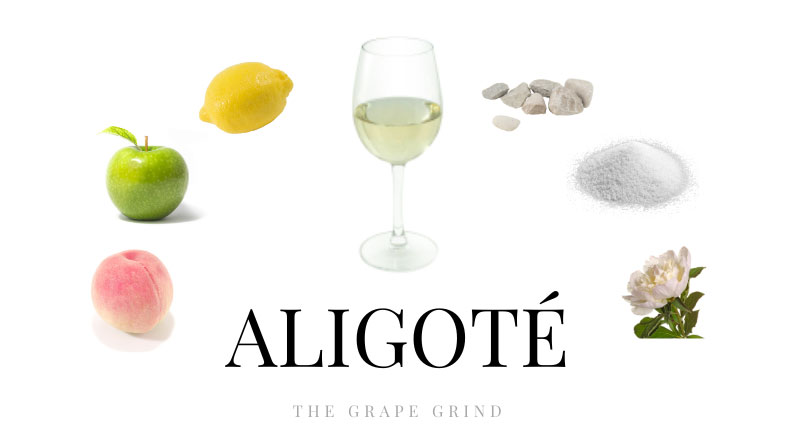
Aligoté is a neutral, high acid, white grape variety hailing from Burgundy, France. If you thought Burgundy whites were only made with Chardonnay, that is almost true …Aligoté is the exception (only accounting for 6% of plantings). It is considered “the other white grape of Burgundy” (and is becoming increasingly delicious, so get ready to see more and more “around town” at your local wine shops and restaurants)!
Aligoté was overlooked in Burgundy for a long time, as it didn’t produce wines with as much complexity, length, or age-ability compared to Chardonnay.
Before there were better insights into proper grape growing, as well as advancements in modern winemaking, the grape (and final wine) was hard to control! It’s a high yeilding variety that has both low sugar and high acid to begin with. It’s also very neutral (not a lot of aromatic character). All of these components lead to rather simple + unimpressive wines. So simple, they were historically added to a cocktail, to “jazz” it up! (This being the classic Kir cocktail, which is 1 part Crème de cassis to 9 parts Aligoté).
It is now becoming MUCH more than a simple cocktail wine.
With winemaking on the up-and-up, and perhaps the help of global warming, wines made from Aligoté are becoming more and more impressive.
A few more notes on Aligoté:
The following guide will illustrate what Aligoté often tastes like (aroma, flavor, and structure). It will also tell you where it’s from, provide you with common food recommendations, similar varieties, and let you know why you should be drinking more of it!
Although it can vary in style, Aligoté is generally one of those bright, and citrus driven wines. Even when oak aged, the mouthfeel still ends with tangy acidity. The good kind.
Aligoté is also best known for it’s mineral driven notes that sometimes give a bit of saline (sea breezy quality)! At times it can take on aromas of white flowers or fresh herbs. It’s a wine that shows a lot of fresh character.
Easy to drink that is, with relatively clean flavors!
Easy to manage? …maybe not so much given its vigorous nature! Now is the best time to grab a bottle as it’s amping up in quality and you currently can get way more bang for your buck!
STANDARD TASTING NOTES: These are your benchmark exam-style tasting notes.
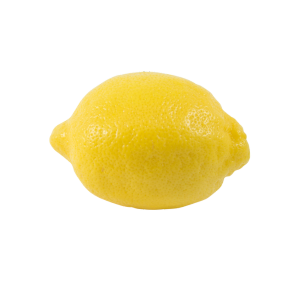
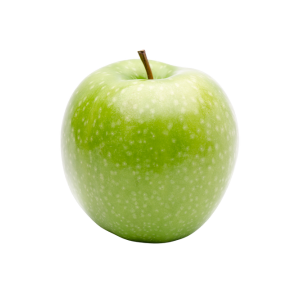
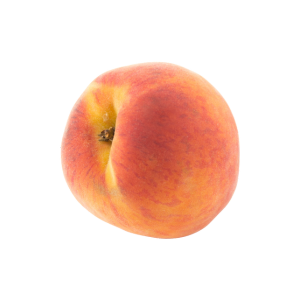
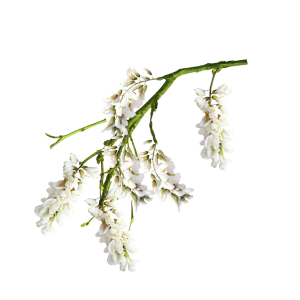
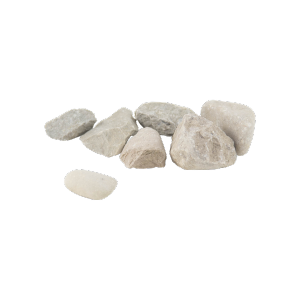

Keep in mind the flavor of wine will depend greatly on your palate, and not all wines may exhibit these aromas and flavors!
There is no “one size fits all” when it comes to structure for every grape, however, there IS a general range when it comes to body, acid, alcohol, and tannin for each. Below are general guidelines for classic representations. Growing conditions and winemaking techniques can impact each of the following.
Think of body as the difference between water, skim milk, and whole milk. The lighter the body, the more akin to water it will feel. Aligoté is typically light bodied, but oak and lees aging can increase it.

Acidity can be measured by how much saliva builds up in your mouth after you swallow the wine. The more acidic the wine, the more saliva you produce. Aligoté grape is very high in acid.

Alcohol gives you that “burn” feeling after taking a sip. The Alcohol by Volume (ABV) of Aligoté is generally lower (as sugar is naturally low in the grape). However final wines usually range around medium, 11-13.5%.


Primarily in Burgundy
Bourgogne Aligoté is an appelation (AOC) that covers the whole region of Burgundy. Vines were discovered somewhere around the 18th century. Wines can vary depending on where they are grown. The Yonne is more northerly and has a more tense mineral character. In the Côte-d’Or wines can be more earthy and complex. In the more southerly Saône-et-Loire, the wines can be more ripe and round.
Bouzeron is an appellation within the Côte Chalonnaise (southern Burgundy) that is solely Aligoté! There are more marl soils here, which lower the yeilds for the variety. Low yeilds plus a warmer climate, lead to wines that are more aromatic, concentrated, honeyed, and complex.
Other areas: Aligoté is also grown all over Bulgaria, Romania, and Ukraine. It can be found in Switzerland as well as the USA.
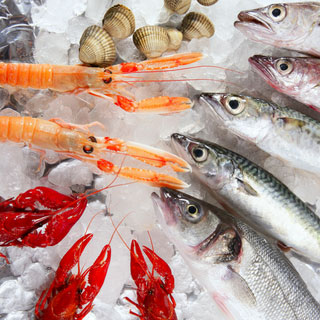
The bright acidity, mineral driven freshness, and neutral flavors integrate seamlessly with most shellfish. The wines clean the palate and leave a pleasing finish. The saline quality of some of these wines complement crab and oysters well!
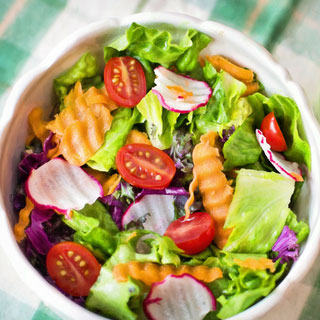
The wine is light enough to not overpower most vegetables (which can be hard to pair, due to ‘green’ flavors). The tangy citrus notes can hold up to and even complement most salad dressings.
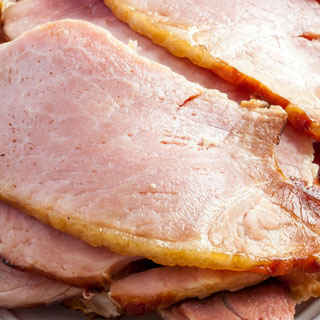
Styles with just enough body and a bit of ‘savory’ can pair well with lighter meats. Often the honeyed and smoky elements of this wine can accompany ham well!
Other Pairings: Roasted vegetables, Greek cuisine, Ramen, Soft cheeses.
(common confusions)
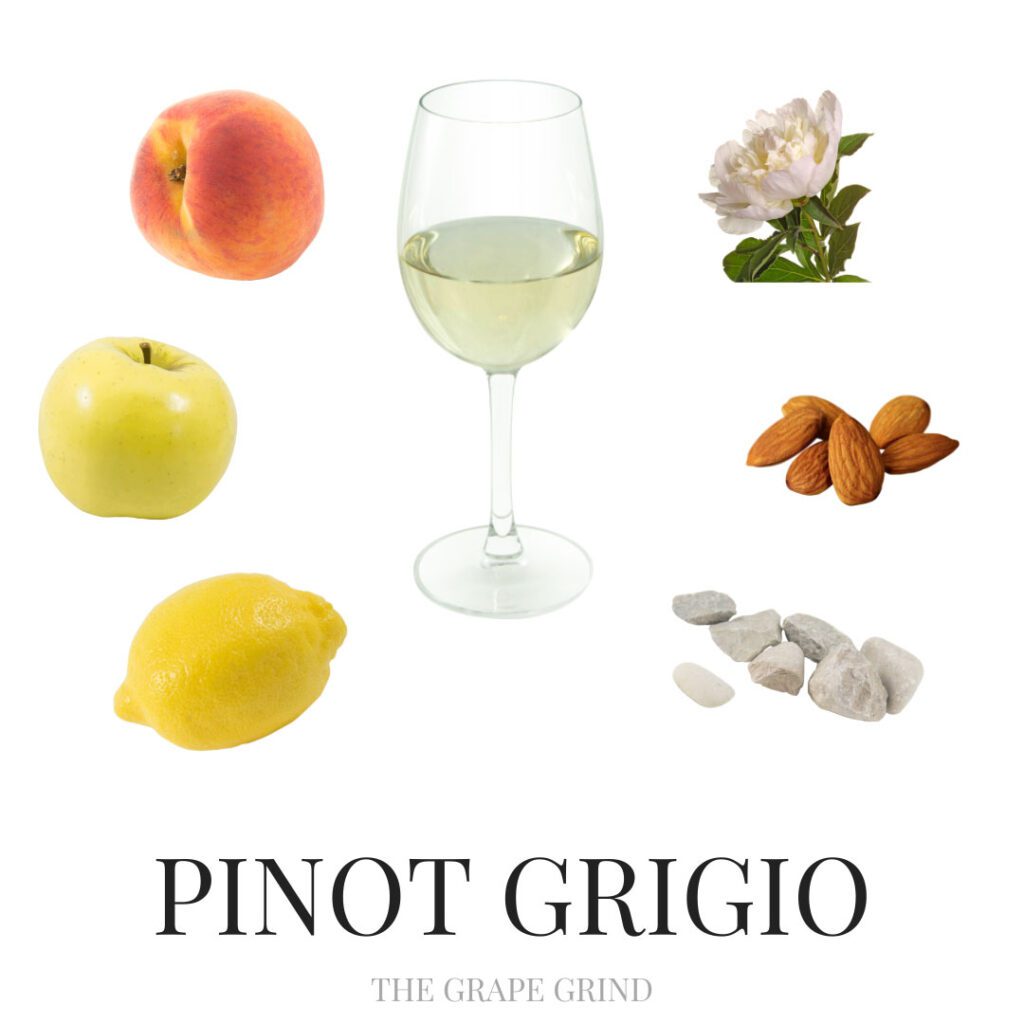
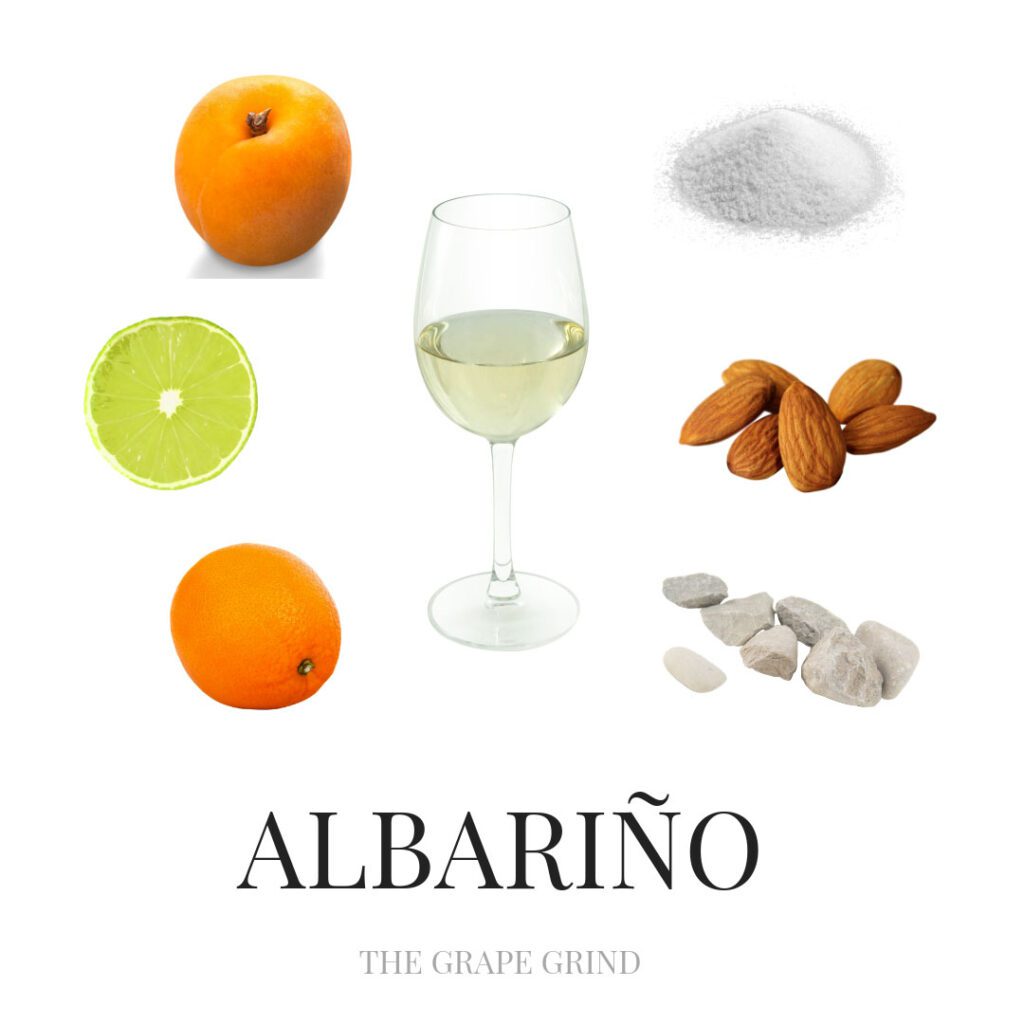
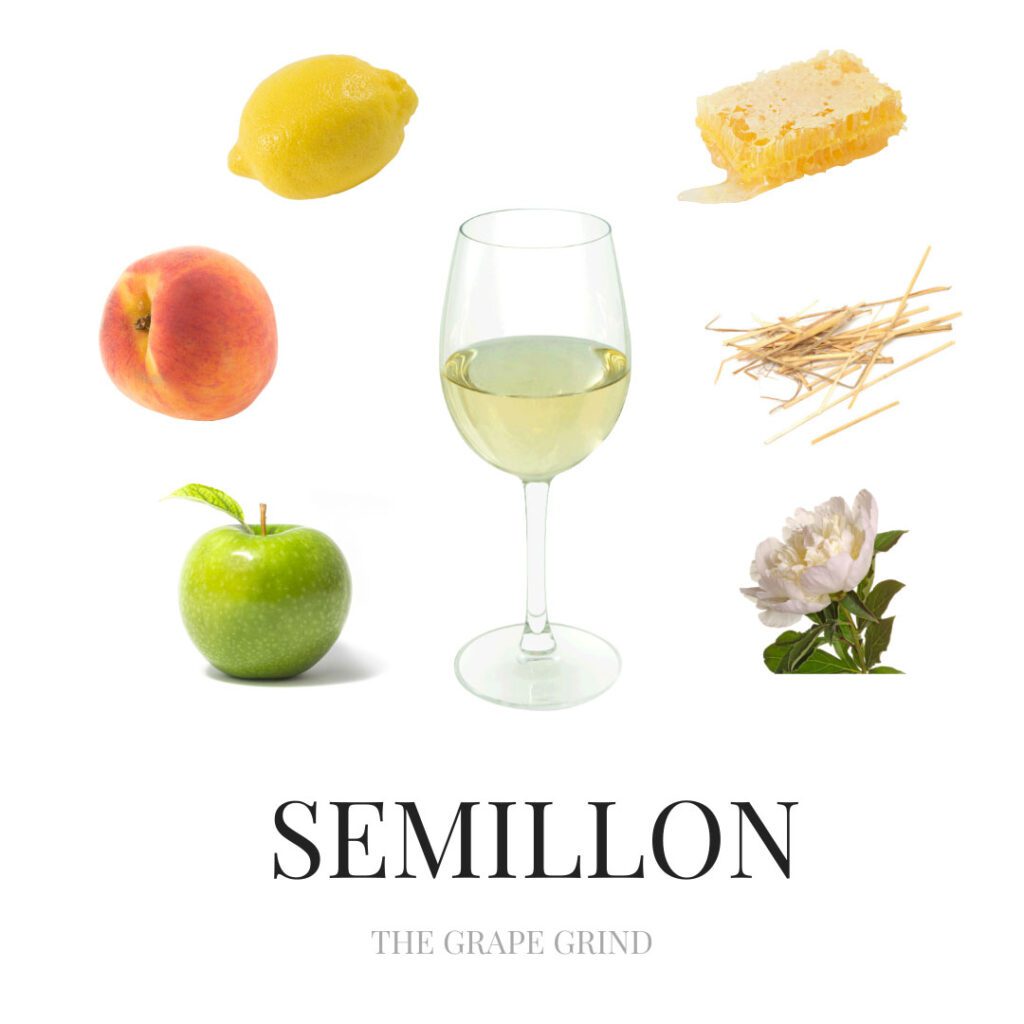
↑ Wine.com is an affiliate partner. We earn a small referral commission at no extra cost to you!. I will never recommend anything that isn’t valuable or useful in my wine study journey, or something I have no experience with. I hope these products/resources are equally helpful in your wine journey.
No matter your current skill level, we can help you improve – pass that exam, share your wine knowledge with others, guide your buyers, enhance your guests’ experience, and show up with confidence and credibility as a wine professional!
Want to get better at tasting wine?